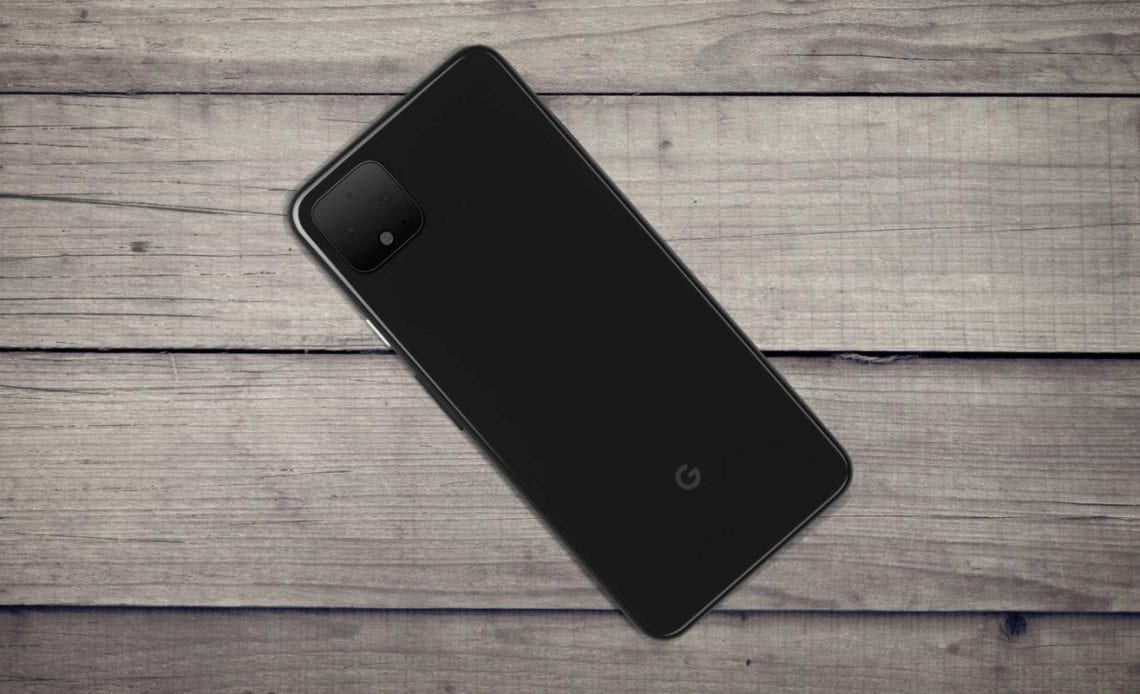
In this week’s top stories: we’ve got the full spec sheet for the Google Pixel 4 and Pixel 4 XL, Google released Android Q Beta 6 with back gesture sensitivity settings, we got a sneak peek at the next generation of Google WiFi, and more.
Just when we thought we knew all the major features of the Pixel 4 from Google’s official teasers, we got exclusive confirmation that the Pixel 4 and Pixel 4 XL will have a 90Hz ‘Smooth Display.’ This will put the Google Pixel 4 in the same league as the well-received OnePlus 7 Pro. Beyond this, our source was able to confirm many other specs about the Google Pixel 4, including the cameras, RAM, storage capacity, and battery life.
In other Pixel 4 specs, the smaller 5.7-inch Google Pixel 4 will have a 2,800 mAh battery, while the larger model will have a 3,700 mAh battery. That means, compared to last year, the smaller Pixel will have a slightly smaller battery (down from 2,915 mAh), while the larger Pixel will have a notably beefier one (up from 3,430 mAh). Both devices will pack the Snapdragon 855, get an appreciated bump to 6GB of RAM, and will be available in both 64GB and 128GB variants in the United States.
While it will still be a few more months before we can get our hands on the Pixel 4, we can at least get a feel for the version of Android it will launch with. This week, Google rolled out the final pre-release version of Android Q, Beta 6. As always, our Abner Li dutifully detailed all of the changes we uncovered in Android Q Beta 6.
Beta 6 follows changes to gesture navigation last month that added some much needed polish. With this release, Android Q adds the sensitivity preference for the Back gesture that we previously spotted in a leaked build. “Back Sensitivity” can be accessed in Settings > System > Gestures > System navigation.
In further Made by Google news, evidence surfaced this week strongly pointing to a potential second generation of Google WiFi hardware. The key improvement in this hardware over the 2016 Google WiFi is support for the WiFi 6 standard, which is optimized for having many devices on a single network.
It’s also possible that Google may have multiple products in mind to build upon this Mistral hardware. Within the Chromium code, we found a given name for the board, “Mistral Qualcomm QCS405 reference board.” Using the phrase “reference board” implies that instead of being just a product, it may be a base for other products to be built upon.
With as many other markets as Google has entered, sometimes you forget that their core product is the search engine. For almost twenty-four hours, the indexing process that powers Google Search came to an almost complete stop, with time-sensitive searches returning stale results.
After an extended outage with no communication being offered by Google, search indexing has resumed as inexplicably as it stopped. All pages created during the outage are now appearing in Google searches and Google News as normal.
Last week, Android Pie arrived for the first time on an Android TV device, specifically the Nvidia Shield TV. As it may be a long wait until another Android TV device gets a slice of the Pie (sorry), our Damien Wilde took some time to get hands-on with the update, to show you what to expect.
The Settings menu is where the most notable changes have been made though. It has been streamlined to make the overall access to certain features easier. Within the Settings, you’re given much more control over the device itself. You’re now able to now turn off power to USB ports when your Shield device goes to sleep. This might prove to be helpful if you have a hard drive or something similar hooked up to either of the two USB ports round back.
Author:
Source: 9TO5Google
Tags:



